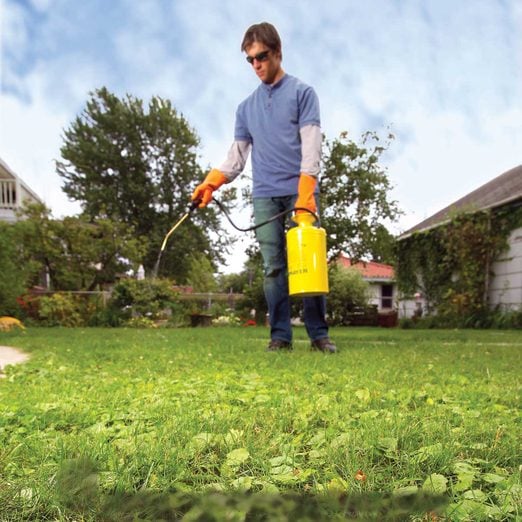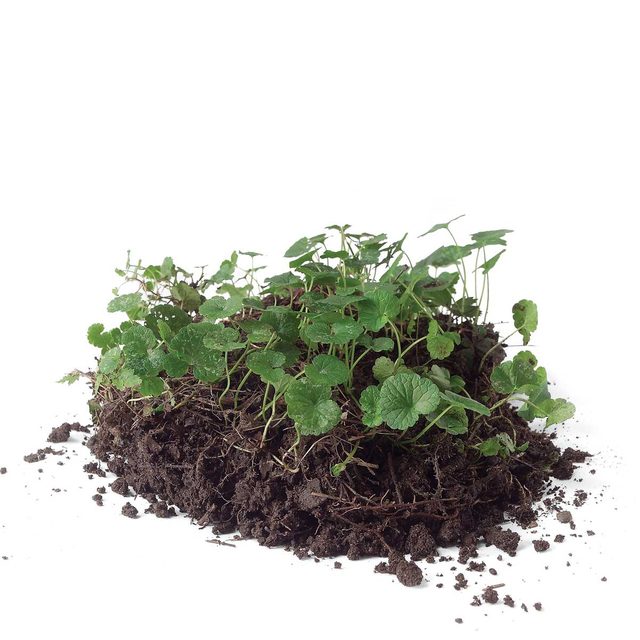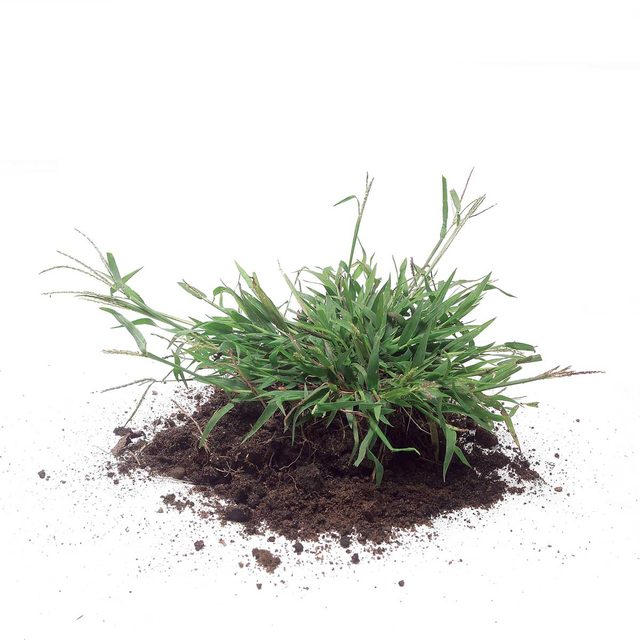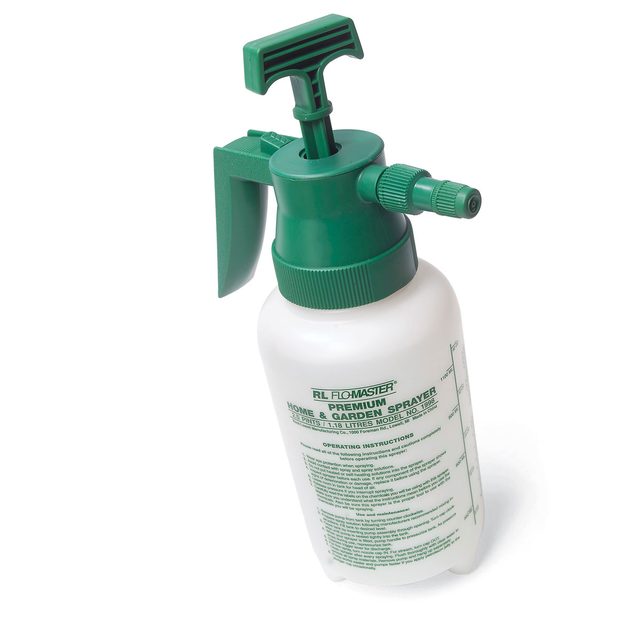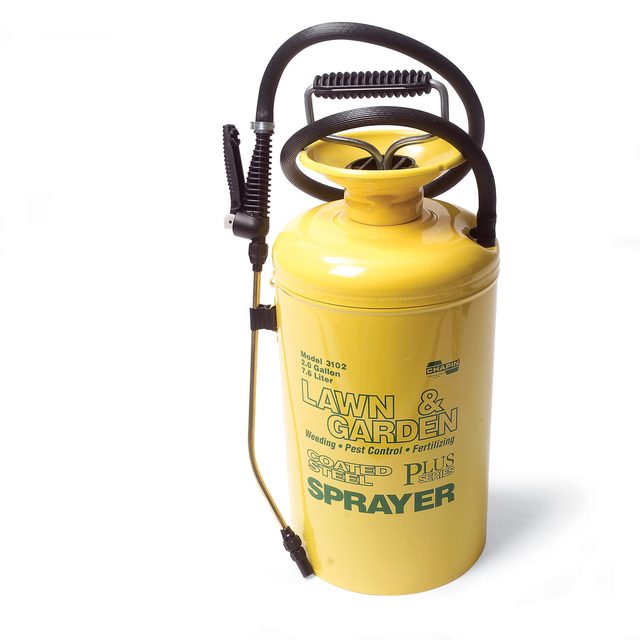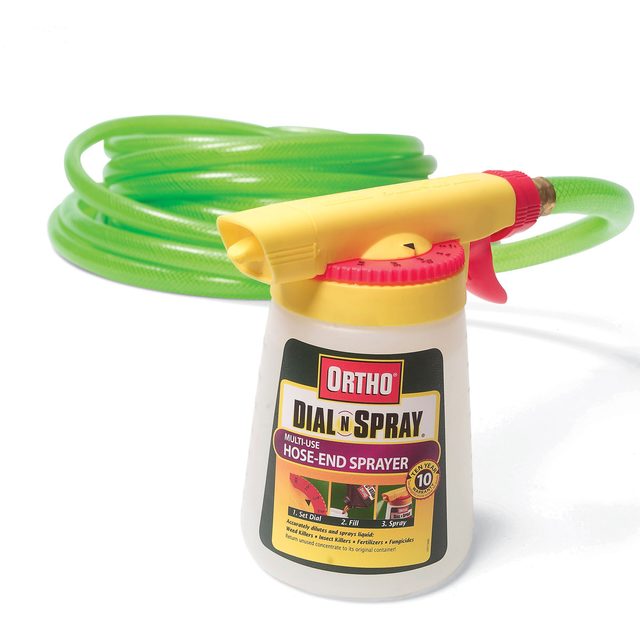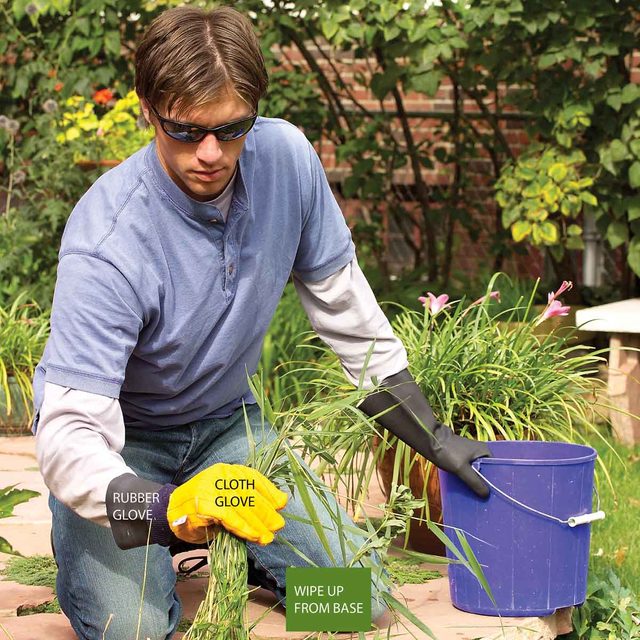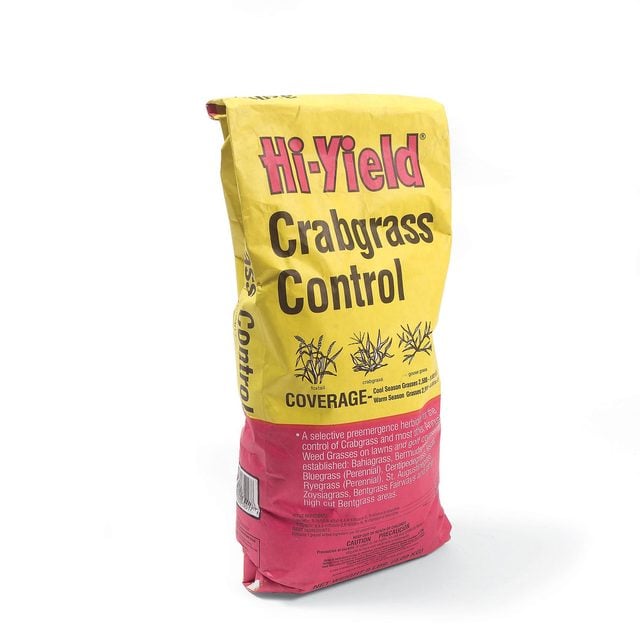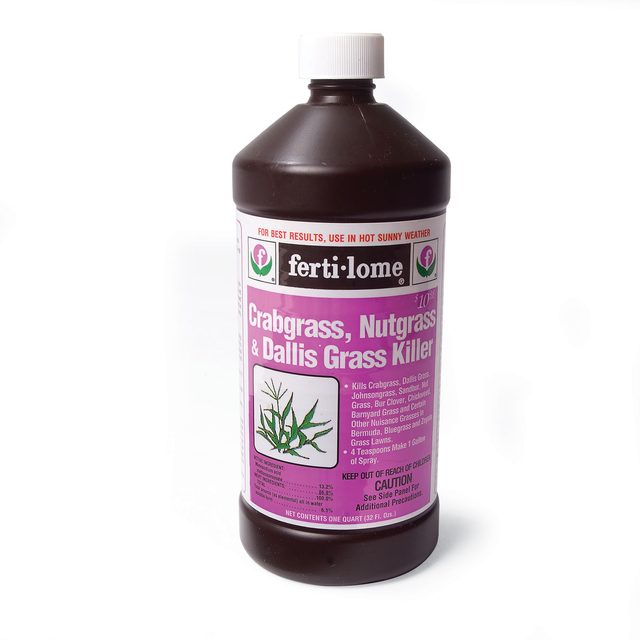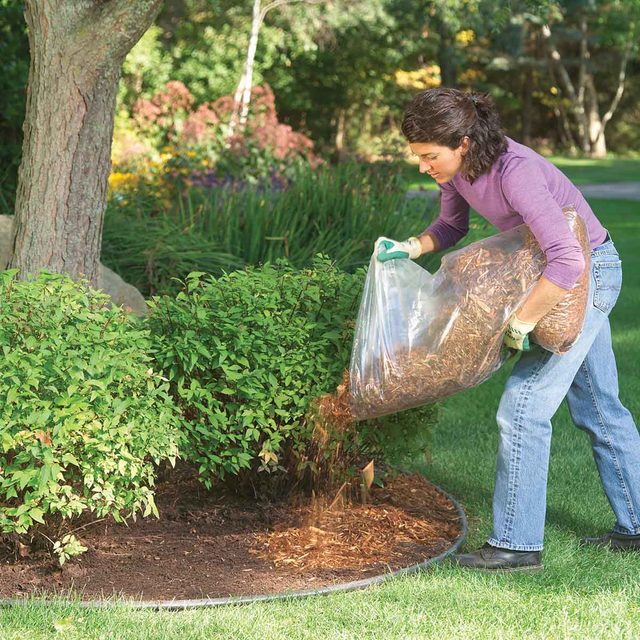How to Get Rid of Weeds in Your Lawn
Lawn weed control: Six strategies to eliminate invasive weeds from your lawn and keep them from creeping back in.
Our editors and experts handpick every product we feature. We may earn a commission from your purchases.
Introduction
Eliminate weeds in your lawn and prevent them from coming back. We show you six strategies that simplify lawn weed control and maintain healthy grass.Tools Required
- Adjustable height lawn mower
- Cloth gloves
- Dial sprayer
- Fertilizer spreader
- Rubber gloves
- Safety glasses
- Small pressure sprayer
- Tank sprayer
Materials Required
- Broadleaf herbicide
- Crab grass preventer
- Non-selective plant herbicide
- Post-emergence crab grass killer
Project step-by-step (11)
Step 1
Prevent Weeds with Ideal Mowing Height Ranges
- Mow your grass when it needs it; one-third above the ideal cutting height.
- Pro Tip: If you don’t know your grass type, take a plug of turf to a garden center and ask the staff to help with the identification.
Cool Climate Grasses
- Bent grass: 1/4- to 3/4-in.
- Chewing hard or red fescue: 1-1/2 to 2-1/2-in.
- Tall fescue: 1-1/2 to 3-in.
- Kentucky bluegrass: 1-1/2 to 3-in.
- Perennial ryegrass: 1-1/2 to 3-in.
Warm Climate Grasses
- Bahia grass: 2- to 3-in.
- Bermuda grass: 1/2- to 1-in.
- Blue grama grass: 2- to 3-in.
- Buffalo grass: 2- to 3-in.
- Carpetgrass: 1- to 2-in.
- Centipedegrass: 1- to 2-in.
- St. Augustinegrass: 1- to 3-in.
- Zoysia grass: 1/2- to 1-in.
Step 2
Identify Broadleaf Weeds
- Broadleaf weeds include any weed that has leaves, such as dandelions, clover and Creeping Charlie (ground ivy).
Step 3
Identify Perennial Grassy Weeds
- Perennial grassy weeds like quack grass go dormant through the winter along with your grass, only to reemerge in the spring. They spread through the roots and seeds. Some winter weed seeds can germinate in cold weather.
Step 4
Identify Annual Grassy Weeds
- Annual grassy weeds like crab grass reseed themselves near the end of the growing season and then die. The seeds germinate the following spring to grow new plants.
Step 5
Spot-Kill Broadleaf Weeds with a Small Pressure Sprayer
- Spot-treat the weeds with a small, trigger-controlled, pump-up pressure sprayer.
- Use a broadleaf weed killer herbicide.
Step 6
Treat Larger Broadleaf Weed Patches
- A tank sprayer weed killer best handles clumps of weeds.
Step 7
Use a Dial Sprayer when Broadleaf Weeds are Out of Control
- A dial sprayer connected to a garden hose kills weeds over a wide area.
- Clear the yard of toys, furniture and anything else that can get contaminated by overspray.
- Remember that broadleaf killers will kill or harm anything with leaves — including your flowerbed.
Step 8
Kill Perennial Grassy Weeds One by One
- Use a non-selective plant killer like Super Kills-All.
- Individually coat weeds with a glove dipped in herbicide solution. Note the protective rubber glove under the cloth glove.
Step 9
Control Crab Grass with a Crab Grass Preventer in the Spring
- Apply a crab grass pre-emergence preventer between the first and third mowings in the spring.
- Preventers usually come as granules that you put on the lawn with a spreader.
- Make notes in the fall about where your crab grass seems to thrive and treat those areas in the spring.
Step 10
Use Post-Emergence Killer
- Once crab grass shows up in your lawn, you have three options:
- Hand-pull the clumps to prevent the plant from reseeding itself.
- Let the crab grass go until the following spring and then use a preventer at the right time.
- Treat clumps with a post-emergence crab grass killer.
Step 11
Try Mulch, Not Grass
- Stone, mulch and attractive ground cover plants may work where grass won’t grow well.
- Consider laying a lawn weed control fabric on the ground first to keep weeds from getting another foothold.
Originally Published: June 24, 2020
